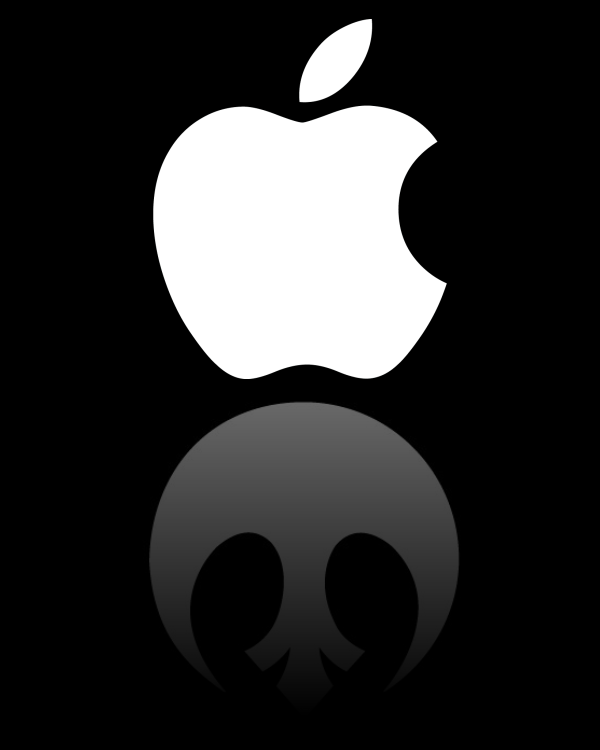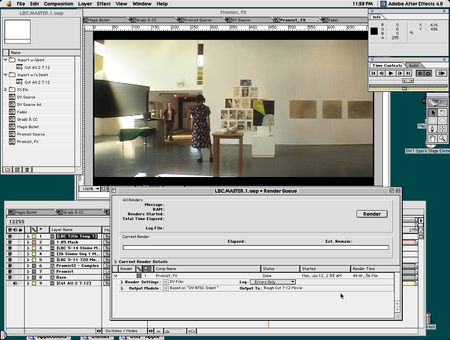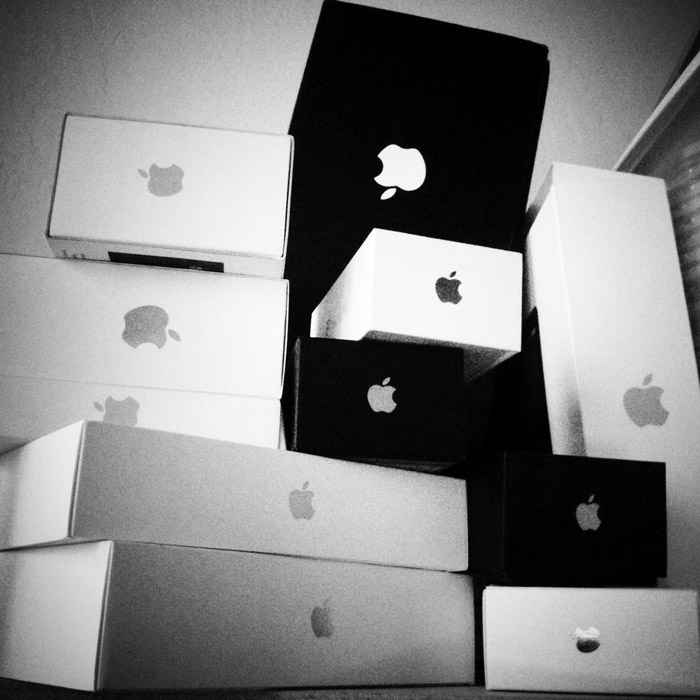Holiday Gift Ideas 2011
 Tuesday, November 29, 2011 at 8:59AM
Tuesday, November 29, 2011 at 8:59AM 
I’m hard to shop for. If I want something, I tend to buy it. This annoys and distresses those around me. But there is an opportunity lurking in that situation—every once in a while, I get the delightful surprise of a gift I didn’t even know I wanted.
Usually socks.
Looking for gifts for the DV Rebel in your life? Or for an easy link to send those flummoxed by your bizarre filmmaking nerd lifestyle? Here are some ideas.
Industrial Light & Magic: The Art of Innovation
Another in the must-have series of big-ass ILM books. Enough said.
Visual Stories: Behind the Lens with Vincent Laforet
It’s rare that a photographer is even consciously aware of the specifics of their style and technique. Rarer still that a world-class photographer with such an awareness has any interest in sharing these insights with the world. And then there’s the rarest of all cases: A world-class photographer who can inspire and educate us with truly revelatory words about some jaw-dropping pictures.
Rare as in, just this one book. Vincent slam dunked this one.
Screenwriting Tips You Hack
Images on the screen start as words on a page. A blank, terrifying, soul-crushing page. I’ve been following and enjoying Xander Bennett’s Screenwriting Tips You Hack blog, and now he’s compiled the best of it into a book. If had just been a collection of his pithy and insightful blog posts, that would have been great, Instead its, like, an actual book type book that expands on the blog’s best bits. Even better.
The Art of Pixar: The Complete Color Scripts and Select Art from 25 Years of Animation
Animation studios use something called “color scripts” to plan out the color palette of a story. These long, filmstrip-like pieces of artwork are loose in detail but rich in storytelling color.
In other words, they are my favorite thing in the world. There’s so much beauty and inspiration in this book that it’s a bit overwhelming. That’s why I keep it in the bathroom.
Dot
Strap this little gumdrop to your iPhone 4 or 4S, download the companion app, and capture 360º panoramic video.
On your telephone.
For $79.
I need to sit down.
The DV Rebel’s Guide
Is it possible that you still know someone who doesn’t have this book? Heck, maybe the thing to do is buy the friend who already has it the Kindle edition. Speaking of which…
Kindle
This might be the Kindle year for me. I love my iPad, but I also love the imaginary notion that I’ll someday be somewhere sunny and the iPad will suck for reading there. I’ve also recently become infatuated with the indie author phenomenon, and I feel like simply owning a Kindle helps that movement grow.
I changed by mind since the last Kindle post. I think the simplest, cheapest one is the one to get. But I’d splurge and grab the one without ads.
A 50mm Lens
Please stop with all this “roughly what the human eye sees” baloney. The reason 50mm lenses are great is that they are fast and cheap. On anything but a full-frame DSLR, a 50 is a portrait lens. You know, for taking pictures of people. Which are the only pictures anyone cares about.
If you have a friend who has a DSLR with the crappy kit glass, get them the thrifty fifty for Canon or Nikon, show the the Aperture-priority mode on their camera, and transform their photography overnight from information gathering to emotion preserving.
Lightroom
Another photography life-changer. Whatever you’re using for your photography, if it’s not Lightroom, you’re doing it wrong.
Incase Origami Workstation for iPad
I’m writing this blog post using my iPad 2 (a great gift idea as well of course, if you are a Super Pimp Monster of Giving), Elements, and Apple’s Bluetooth keyboard. When I travel for less than three days (a carefully-tested and validated threshold), I don’t bring my laptop. The reason this works is that if it’s more than one day, I bring the Bluetooth keyboard. But the keyboard is a bit awkward to pack and lug around. In fact, mine has gotten a bit beat up, with some keys held on by tape and school prayer.
Enter the Origami Workstation. It’s a case for your keyboard, not your iPad. But when you open it, it becomes a stand for the iPad. It’s simple, brilliant, and best of all, non-commital. Your iPad never gets connected to the thing, it just rests on top, in whichever orientation you like. It even works with iPads in cases (mine is in the Apple SmartCover, which is so wonderful that there are days I don’t even think about how overpriced it is).
Apps
Speaking of Apple stuff, everyone’s favorite evil company makes it easy to gift apps for both iOS and Mac. This is a really cool thing to do, and it’s often cheap as bad coffee.
-
Of course I’ll start by suggesting that if you still have a friend who doesn’t have Plastic Bullet, Noir, or Movie Looks, you can set them on the path of righteousness for just a few bucks.
-
Similarly, giving Plastic Bullet for Mac to your friend is a gentle but firm way of saying “You have no idea what to do with five dollars, do you?”
-
I mentioned I’m writing this using Elements. It’s a great little iOS writing app. Thanks to SPMD, I’ll probably write a good chunk of my next screenplay on it.
-
On the Mac side, Byword is a simply lovely app for writing. Both it and Elements work beautifully with Markdown. Life is good in textopia.
-
Here’s a fun double-whammy. Order your friend a Wacom Bamboo Stylus for iPad and the ArtRage painting app. It’s like handing them a license to smoke clove cigarettes.
-
The gift of a Kindle is an invitation to read more. But maybe you don’t really care, like $100 care, that your friend reads more. Maybe you more like $5 care. In which case, buy her Instapaper. It’s the best app for reading web articles on your iOS device, and it’s integrated with Twitter. The next time someone posts a link to a cool article that you don’t have time to read right now, you’ll tap “Read Later” and it gets saved to your Instapaper library. Or you do it from your web browser using an easy-to-install toolbar bookmark. Later, you can read the day’s articles in a lovely book-like presentation, even when away from your internet connection. This is a home-pager for me on both my iPad and iPhone.
Either this or a smack in the head would be a perfect gift for your friend who types “TLDR” a lot. Your choice.
Monsters
Inspiration. It’s a strange thing. Sometimes a great movie inspires me, other times, a festival of back-to-back terrible films is what it takes to get me writing like the wind. But the film that has kicked my ass up and down the block with shameful, abusive inspiration lately is Monsters by Gareth Edwards. He flew to Mexico and shot this movie himself with a crew of fewer than ten, including his two lead actors. He had a loose plan and a ton of faith in his ability to make something out of nearly nothing. In his own words:
I guess creativity is just being stupid enough not to realize you can’t do something.
The Blu-ray is gorgeous, and packed with supplemental features. I keep the slipcase tacked to my office wall.
Happy holiday shopping from Prolost!
Oh, wait—one more:
Point-Blank Sniper Gear
The man’s a myth.













